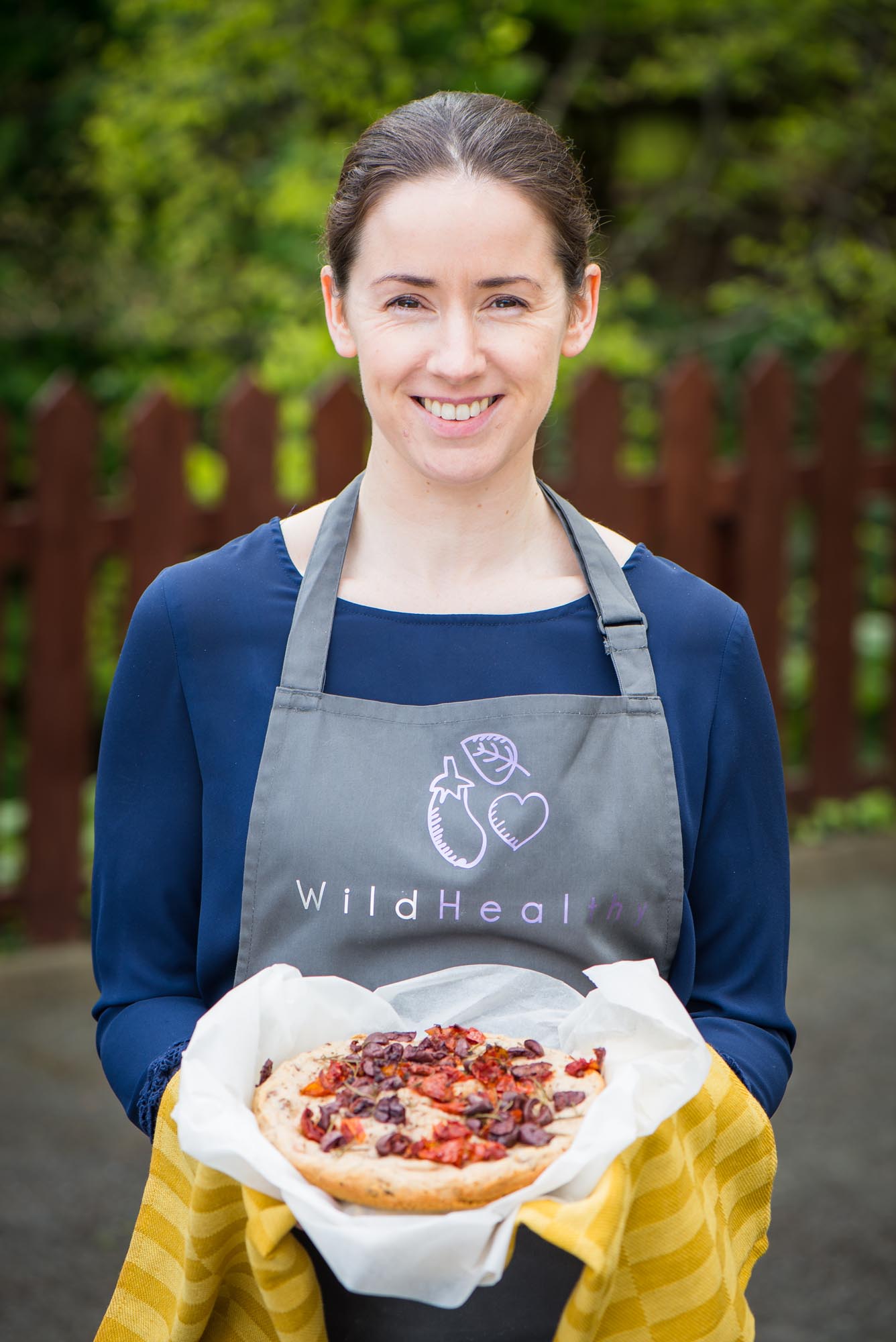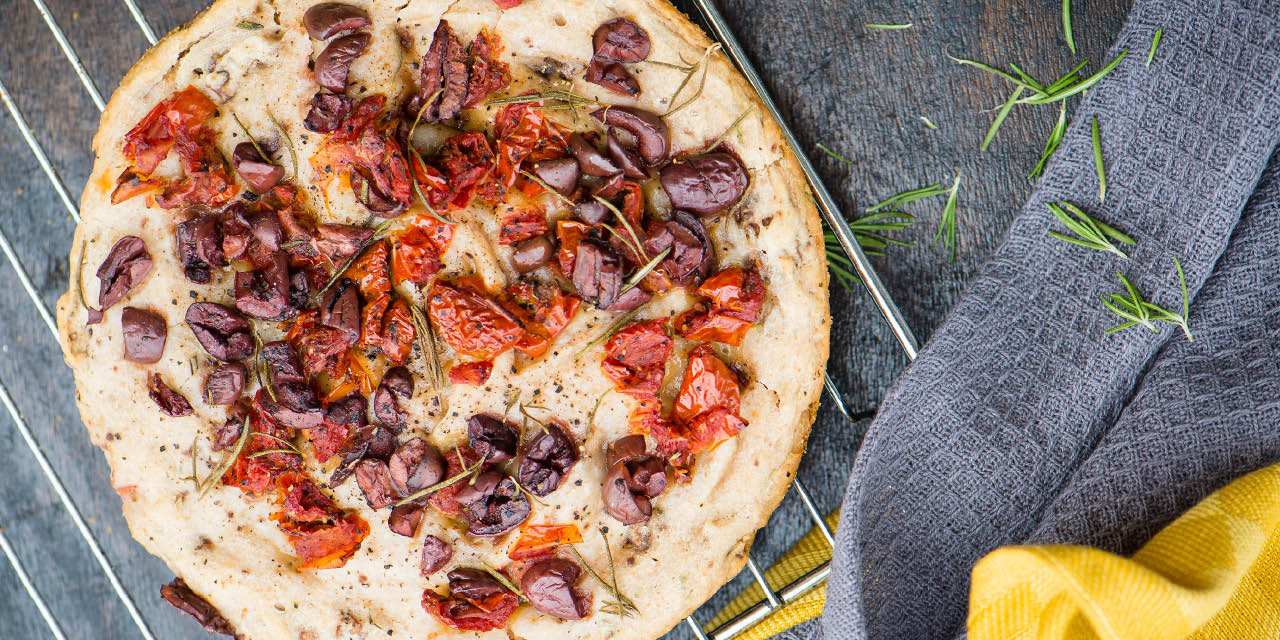If you are suspicious that you may suffer from a type of food hypersensitivity, then actively avoiding the most common triggers may be a worthwhile endeavor. Hypersensitivity to food can be experienced by 2-23% of the population (figures vary greatly), and in its simplest terms, involves a negative physical reaction following ingestion of a food. Hypersensitivity to food can be divided into food allergy and food intolerance.
Food allergy is an immunological response to a trigger; the body perceives a certain food as dangerous, and it mounts an immune-based response to defend itself. The symptoms from this kind of immune-based response vary between skin irritation, breathing difficulties, abdominal pain, and, at its most serious, anaphylaxis, muscle paralysis, and shock, which can be fatal. The reaction is immediate and extreme. Some of the most common foods that trigger an immune response in individuals with allergies are nuts, peanuts, shellfish, milk, egg, soy, and wheat.
Food intolerance is not an immune response, but a spectrum of physiological reactions to pharmacological triggers and enzymatic deficiencies. The most common pharmacological food intolerances are to chemicals such as histamine, found in red wine, strong cheese, and mackerel; salicylate, commonly found in plant foods like berries, tomato sauce, and citrus fruits; and colourings and preservatives such as tartrazine and sulphur dioxide. The most common enzymatic deficiency is lactase deficiency, which leads to an inability to breakdown and digest lactose, leading to lactose intolerance.

Many people’s experience with food intolerance may be less specific, and they can’t really pin point which foods are causing reactions. This is because food intolerances are notoriously hard to define, as they can present up to 48 hours after ingestion of the trigger food. Symptoms can be nuanced, triggering responses such as bloating, fatigue, headache, acne, and achy joints. Testing for food intolerance is very common and many pharmacies and healthcare practitioners offer a finger-prick test which claims to highlight what foods are causing problems. However, the lack of validity and reliability for these tests is of concern and as a result, most Irish, European, and North American Allergy and Intolerance Committees or Working Groups recommend caution with intolerance testing.
If you suspect you have an intolerance, what can you do about it?
Many people take matters into their own hands by eliminating foods from their diets that they suspect are causing problems; the most common being gluten and dairy. This elimination often elicits a positive response (i.e. reduction of symptoms) and people continue eliminating the foods for extended periods to avoid a return of symptoms. While this strategy makes sense, and I always encourage people to feel empowered to make positive diet- and lifestyle-changes, doing so without structured guidance has the potential for certain problems, from risk of nutrient deficiency to anxiety around social situations. If you have chosen to, or are in the process of deciding whether to, restrict certain foods from your diet, my advice would always be, firstly, to consult with a nutritionist or dietitian for expert advice so you can do it well, and get long-term positive relief. While you get that appointment sorted, here are a couple of extra tips to avoid the most common pitfalls in the ‘free-from’ experience.
Going 'Gluten Free':
Try not to depend heavily on manufactured gluten-free breads, gluten-free cereals, and gluten-free biscuits, as they are notoriously reliant on oil or sugar to increase palatability. Instead, choose naturally gluten-free grains such as brown rice, quinoa, and buckwheat and any 1-2-ingredient pastas or noodles that have been made using these flours. Then fill the rest of your plate with veggies, salad, lean protein, and healthy fats. Oats are naturally gluten-free but they are usually contaminated with wheat in the storing/packaging phase, and thus are unsuitable for individuals with coeliac disease. Gluten-free oats are just oats that have their own dedicated machinery or factories to prevent cross-contamination. Gluten-free flours, like the one used in this recipe, can be sourced easily (but not cheaply) in any health food store and large supermarket chains. Creating your own homemade breads can be a little labour-intensive, but very worthwhile. This focaccia recipe is fantastic served alongside baked hake, steamed veggies, and a rocket and spinach salad.
Going 'Sugar Free':
This is one of the biggest nutrition-related concerns in the public consciousness. Added sugar is known to be problematic in large amounts, and should be capped at 5% of your total caloric intake per day. The priority with removing sugar from the diet must centre on added sugar. Soft drinks, sugar added to your tea, sprinkled on your breakfast cereal, syrup in your coffees, and as the main ingredient in cakes, biscuits, pastries, chocolate, and ketchups must be dealt with first. This also includes natural sweeteners like agave, honey, and maple syrup, and ‘healthy treats’ often replace one kind of added sugar with another. They may have additional nutrients when compared to white cane sugar, but they’re still added sugar. Intrinsic sugars like that found in fruit should not be your primary concern, unless you have an intolerance to fructose. Evidence-based research into obesity, type 2 diabetes, and fatty liver disease all pinpoint added sugar, in excess, as a driver of ill-health.
Going 'Dairy Free':
One of the pitfalls that is often discussed in relation to going dairy-free is the risk of reducing calcium in the diet. Dairy is a common source of calcium, but if you cannot tolerate lactose, and wish to remove dairy, replacing with fortified non-dairy plant milks such as almond, rice or coconut milk provides a similar calcium profile. Removing whole food groups can lead to deficiency if not accounted for, so instead of removing dairy, replace it with something you can tolerate. Check the label of your plant milks, and always ensure they’re fortified with calcium and vitamin D (most of them are, but do check). Lactose-free milk is also a solution for many people looking to address lactose intolerance. The lactase enzyme has been added to the milk and the lactose is split into its constituent parts galactose and glucose which the body can then better digest.
Here's a recipe for Focaccia bread I created to cover all three elements above. Check back next month for my next delicious recipe.





-(1).jpg)

